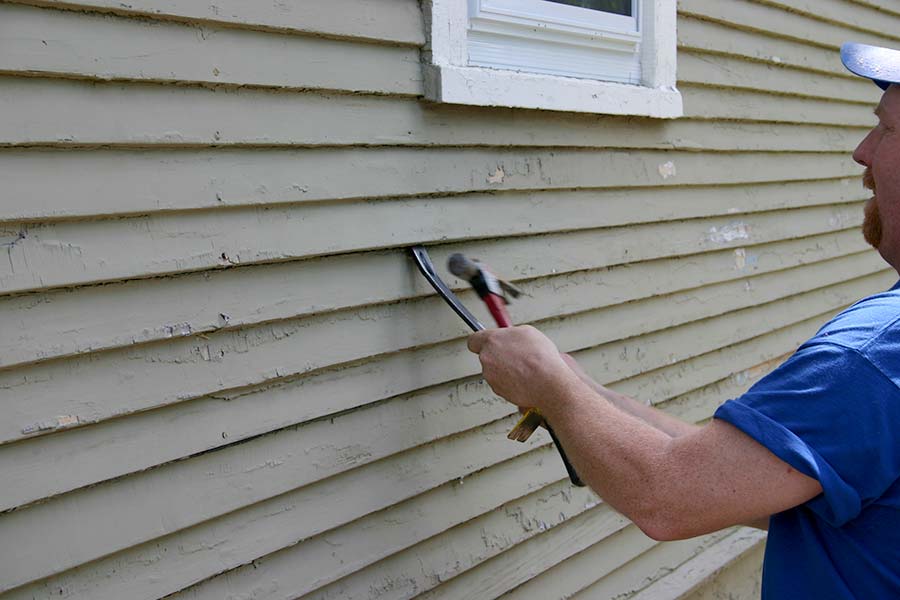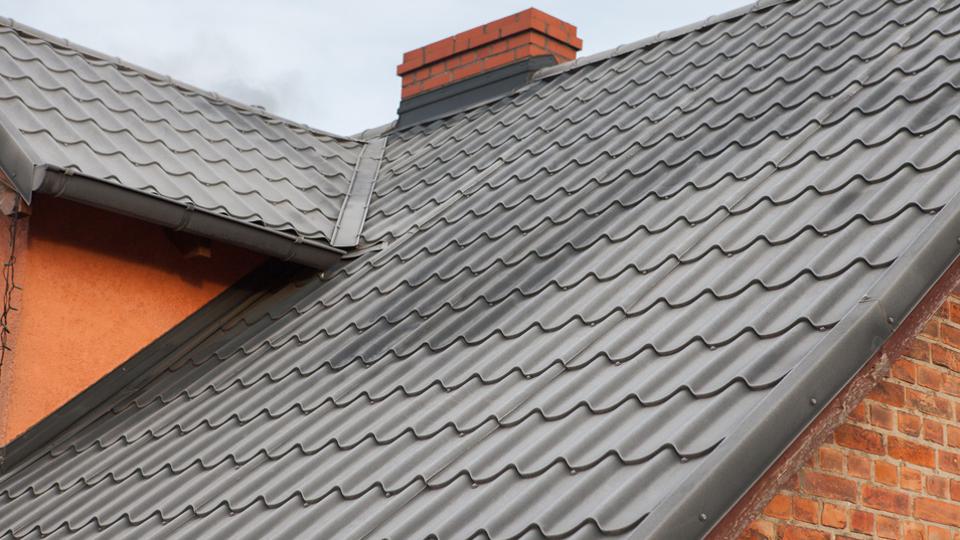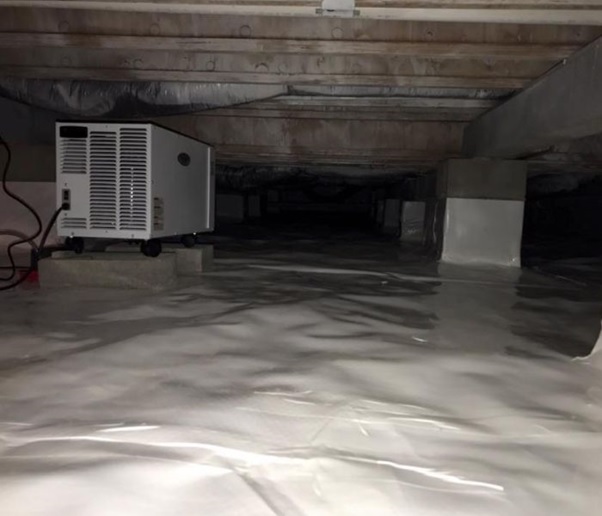Many houses are under-insulated. However, this implies many people suffer from unpleasant interior temperatures all year and overpay for energy. It is a problem in older homes that lack or have lost wall insulation. Without proper wall insulation, your house may lose up to 25% of its heat in the winter and gain up to 25% in the summer.
Moreover, if your house is too chilly in the winter, too hot in the summer, and too difficult to heat or cool, you may need to update your wall insulation. It’s one of the most excellent methods to control temperature, save money and help the environment. Installing insulation in new houses is quick and easy, but you can also do it in older homes. Furthermore, keep an eye out for missing or inadequate wall insulation. Here are some of the essential things to know before upgrading your house with wall insulation batts.
Why Do You Need To Repair Your Wall Insulation?
Good wall insulation batts will make a noticeable impact on the temperatures within your house. Wall insulation is designed to endure for many years. However, ten years or older insulators might have to be inspected for deterioration, mold, or rats. Insulation materials’ R-Values may drop with time, making them less efficient at preventing heat movement.
Moreover, it is typically caused by compression, dampness, or action, which causes holes in the insulation. You may thoroughly remove rotting or broken insulation and should put the new installation in its place.
The Types Of Wall Insulation
Fiberglass batts, blown-in cellulose, spray foam, and foil-backed insulation are all examples of insulation types. We’ll go through the most common items utilized in wall retrofit situations below.
1. Insulation Batts
Insulation batts are pre-cut bulk insulation that fits between wall joists. They are usually composed of glass wool, polyester, or rock wool. Specialized acoustic batts also reduce noise. If you live in a house with no wall insulation, you need to add insulation batts and remove the plaster.
2. Blow-in Cellulose
Retrofitting old walls using blown-in cellulose is costly. Cellulose wall insulation is less fire resistant, made from ground-up paper, effective yet short-lived, and prone to wind-blown gaps between the insulating layer. Insulation becomes ineffective when blown against a joist compact!
3. Spray Foam
Spray foams are classified as open or closed cells. Open-cell foam has air holes within and takes up more area per pound. The foam expands to fill and seal the spaces. To install this kind of insulation, contacting a professional installer of insulation Houston is a must to ensure that the work is done properly.
Blown-in VS. Batts
Let’s see how batts compare against blown-in insulation in a variety of areas.
- When to Install –Wall insulation batts are suitable for extensive renovations or expansions with weatherboard walls or brick veneer. When the wall lining is not removed, blown-in insulation may be used to fill the space. However, this is a costly method of insulating your walls.
- Ease of Installation – Batts are lightweight and pre-cut to fit between typical wall joists. It might be the most cost-effective technique available at this time. You may gain access to the cavity by lifting tiles above the hollow wall or drilling a small hole from the exterior of the wall. Moreover, professional installation of blown insulation needs specialized equipment.
- Cost – Batts are less expensive than blow-in insulation. Batts may be placed by the homeowner, further lowering expenses.
- Effectiveness –Batts provide superior acoustic and thermal insulation. Their R-Values vary to fit your requirements and budget. Blowing in insulation is also effective, but you must not blow the particles out of position. The effectiveness of blown insulation is impaired if it collects moisture in the wall cavity.
- Longevity –Insulation batts outlast blown-in insulation in terms of durability. Blower-in insulation may settle or migrate downward over time. With batts, thermal resistance is more likely to last longer than blown insulation.
- Fire Ratings –Batts outperform blown-in insulation in terms of fire safety. Because it is produced from ground-up paper, cellulose blown-in insulation has a lower fire rating.
How To Install Wall Insulation Properly
Batts provide better value for money, improved durability, and long-lasting performance. When it comes to retrofitting wall insulation during a large-scale renovation, batts are the preferred method.
Wall insulation batts are placed between the joists and perhaps secured in place when renovation exposes wall cavities. During installation, the batts must not be crushed or gapped. If required, insulation batts may be trimmed to size to fit beneath plumbing and electrical equipment. To ensure a snug fit, increase your cut by 10mm. Fill up gaps around doors and windows with any remaining material.
If you want to perform the wall insulation yourself, be sure to read our do-it-yourself guide first to guarantee the best results. Insulation that has been improperly placed would be less effective. Also, be sure that you have all of the essential safety equipment. Long sleeves, safety glasses, and gloves are strongly advised.



